Back to Blog
What Is The Difference Between NFT Art & Traditional Art (2022) - NFT.com

Alec Otto
Dec 13th, 2022
.3 min read
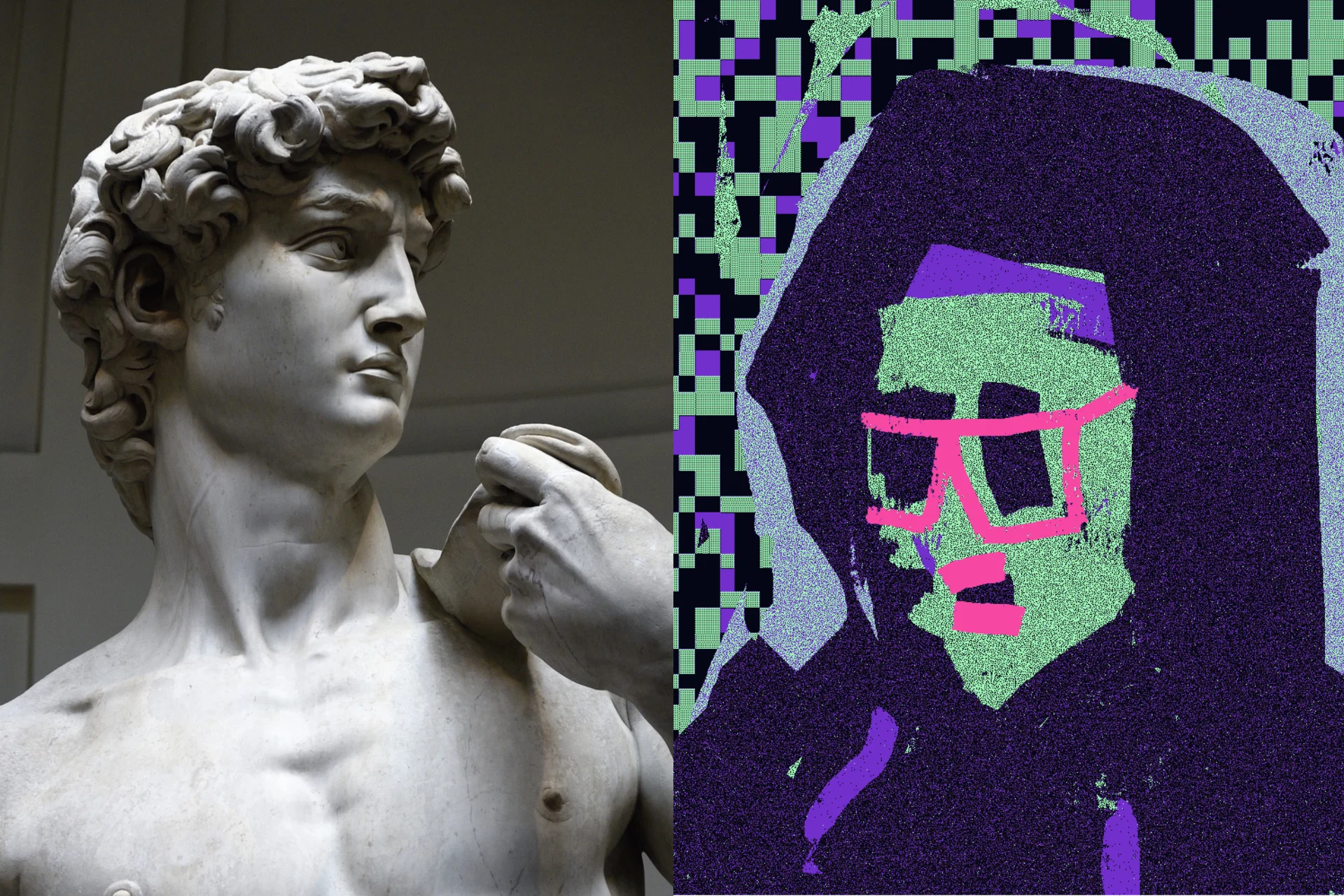
2021 marked the rise of NFTs, leading to some digital art selling for headline-worthy prices.
If you are new to web3, you may be wondering:
*“What is the difference between NFT art and art that I can hang on my wall?” *
Let’s find out!
Digital vs. Physical
The first comparison we must make is between digital and physical art.
The “Statue of David” is a 17 foot, 6 ton marble sculpture, while the “Right-click and Save As guy” is a 1000x1000 pixel GIF file.

One is an unmistakable, and (without significant time and effort) unreplicable statue, while the other is a humble 1 megabyte file that you could easily “right click” and “save” for your own personal enjoyment.
Both art pieces however, maintain a significant monetary value.
The pricing and value of art in the digital world has long been dwarfed by that of physical art pieces thanks to the ability to easily duplicate digital files.
This has unfortunately been to the detriment of talented digital creators, until the somewhat recent utilization of Non-Fungible Tokens or NFTs.
Proof of Ownership
One key benefit of art held on a blockchain is that you have a provable record of ownership. You might be thinking, “but if I have a physical piece of art on my wall, I can prove I own it right?” While technically true, how do you be certain that the piece of art hanging on your wall is authentic? With art on the blockchain, you can track the complete ownership history of the art.
This concept is exactly precisely how NFTs have changed the playing field for artists everywhere.
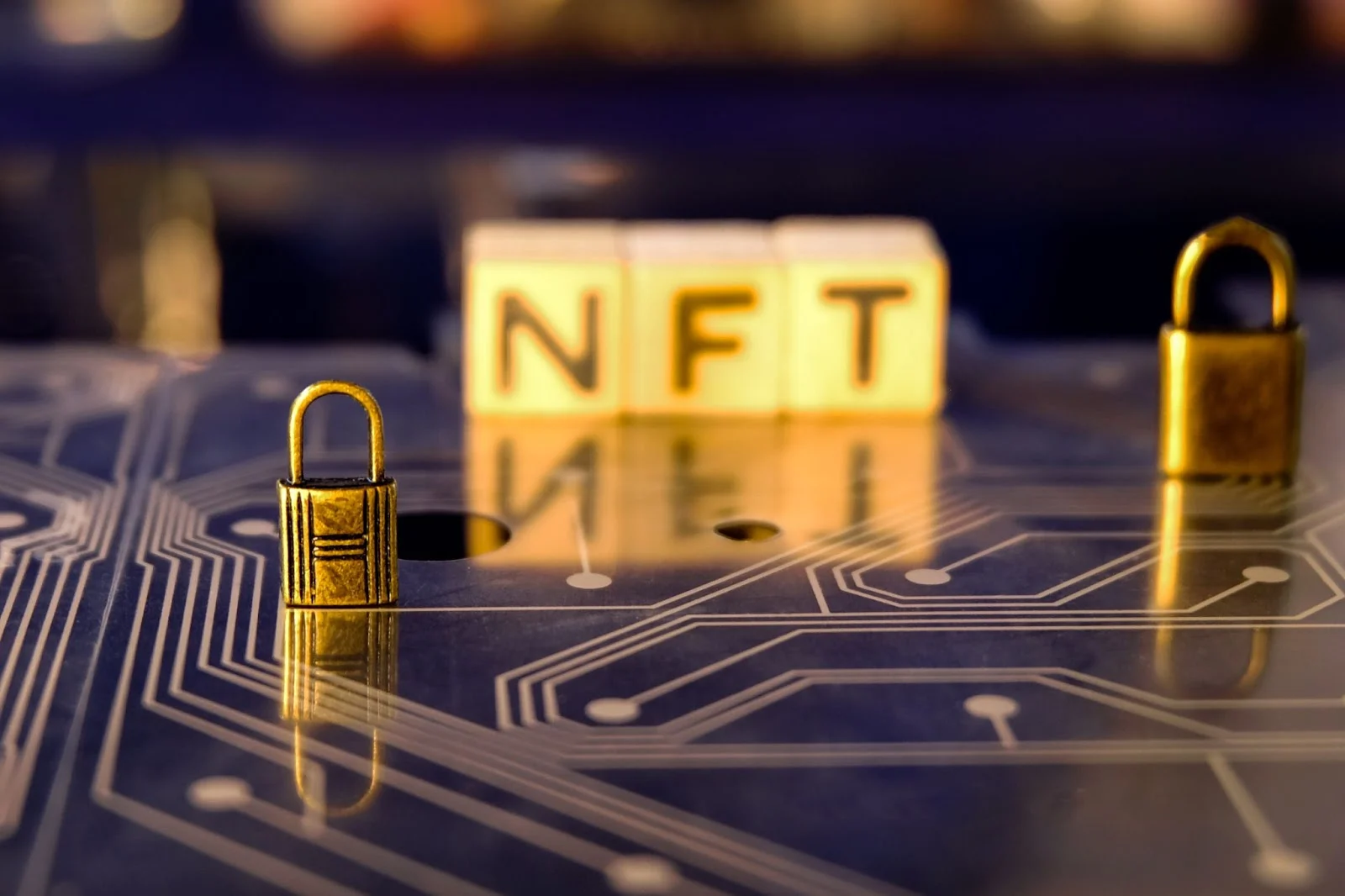
Making Art Valuable Again
There now exists a way for artists to associate their digital work with a unique 1-of-1 token that both contains the art, provides a transparent history of creation and ownership over time, and can ensure royalties on sales.
Proof of ownership enables creators to monetize their work similar to how a renaissance painter would drive higher prices from the scarcity and notoriety of their work.

Creation
The next big difference between NFT art and traditional physical art is how it’s made.
Imagine trying to paint 10,000 pieces of art by hand, and they all have to be visually different but also coherent to the rest of the collection. This would take forever!
The process of creating NFT art can be vastly different to creating physical art, and with modern technology, can be done in much higher quantities.
Many large collections at 10,000 NFTs utilize templates and programs they have created to achieve 1-of-1 uniqueness across a massive collection of work. You may think that this would lead to the art being a bit homogenous, but it really comes down to the artist’s own style and taste.
For example, some large collections such as Doodles (in our opinion) have a lot of character to the art style, bring a congruent overall aesthetic, but still manage to make each one feel special and unique.

Unlock Further Utility
Generally, when you purchase a painting or sculpture, it doesn’t come with additional perks. NFT projects, however, may offer benefits to owning a piece of their collections.
These perks can range widely, from access to exclusive events and NFT mints, to early access or special features in a game or platform. The opportunities available through these benefits can unlock an entire new meaning for art ownership in a way that traditional art never could.
One example of this utility exists within the NFT.com ecosystem. The NFT.com Genesis Key unlocks exclusive early-access to the NFT.com platform via the private beta, as well as giving you the ability to mint 4 free NFT.com Profile NFTs.
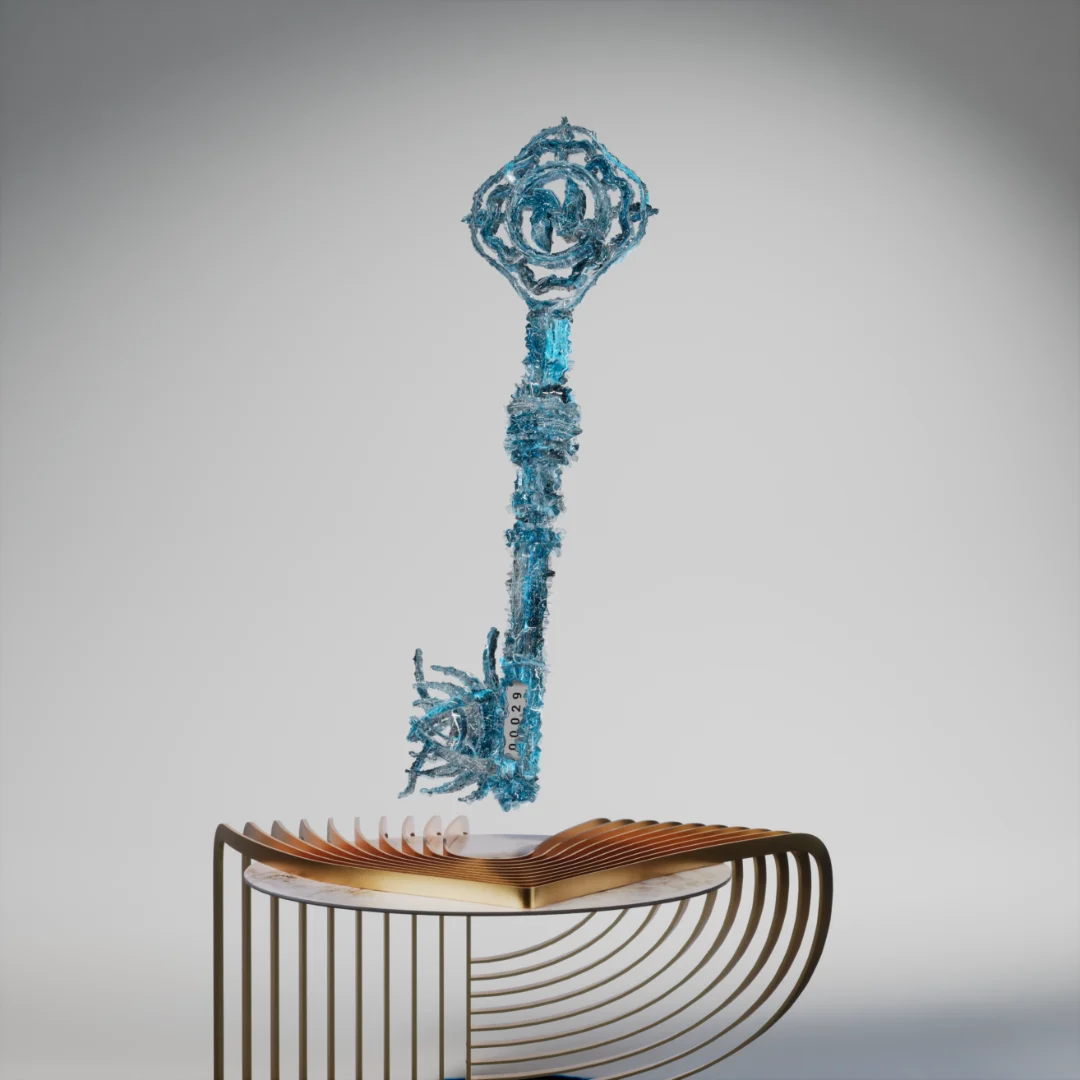
Royalties
Royalties are another way that NFTs are changing the game for creators.
Despite Vincent Van Gogh’s works fetching up to $82m dollars and being the artist behind some of the most valued art in the world, he actually died broke.
On the other hand, NFT creators can add a royalty to their work, taking a small percentage from each future sale of their work.
Traditionally, if you were to sell physical art, it would be very difficult to collect royalties on future sales. This is what makes royalties an essential part of what makes NFT art attractive to creators.
NFT royalties can dramatically change the financial well being of creators everywhere.

Conclusion
There are a number of obvious differences between NFT Art and Traditional Art. It is difficult to compare the two, but we can confidently say that NFTs will have a strong effect on art, long into the future.
There may always be a place for traditional physical artwork, but the value that NFTs offer to creators of the digital world is profound, and long overdue.
Learning about NFTs? Get the basics down with our “What is an NFT?” guide today!
Related Posts
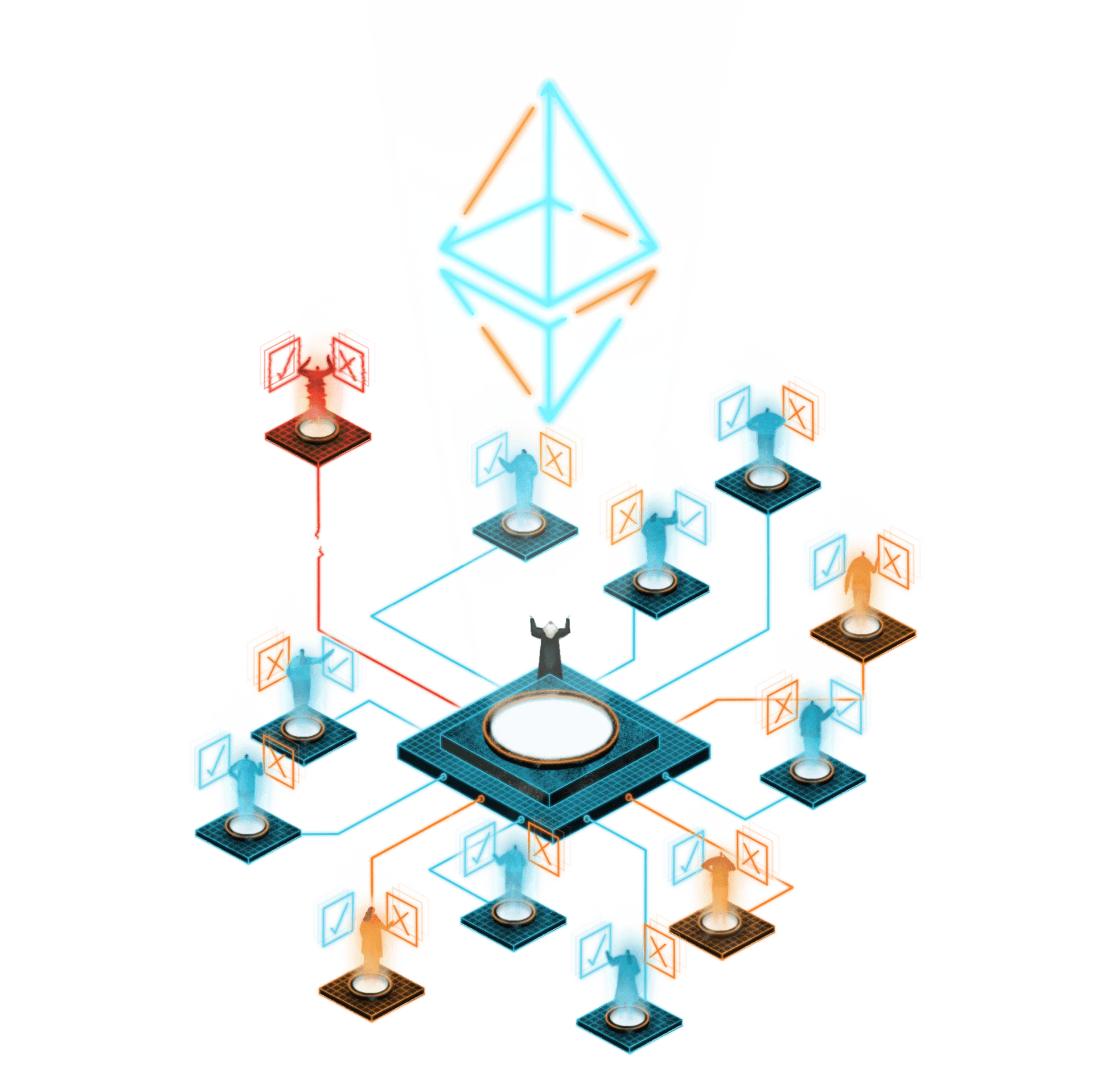
Why is everyone creating NFTs in 2022? - NFT.com
New NFT use cases are emerging every day. Find out what new opportunities N...

Don Thibeau
Jul 6th, 2022
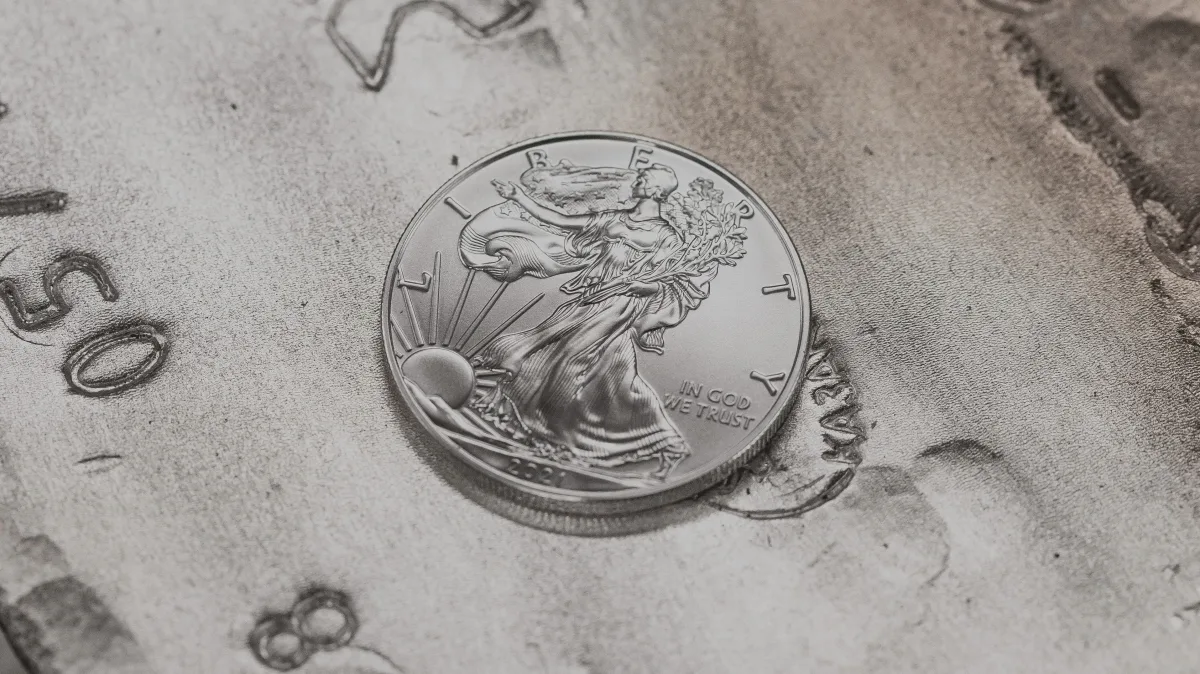
How to be early to an NFT drop - Explained - NFT.com
Learn how to find new NFTs, get in on new NFT drops, and how content like v...

Alec Otto
Sep 2nd, 2022
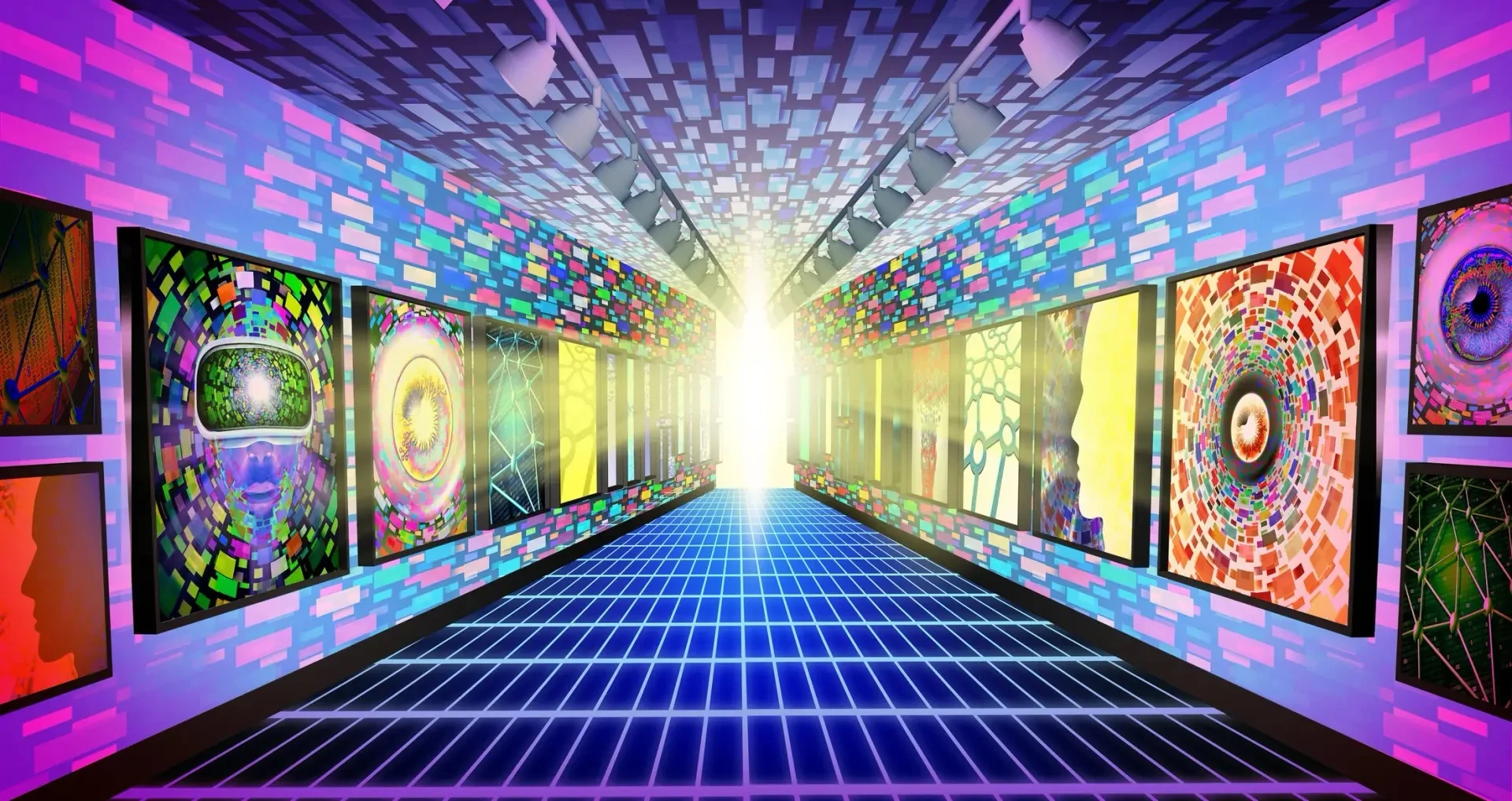
The 10 most expensive NFT sales - Full Breakdown - NFT.com
2021 proved the sky is the limit for digital art sales. Find out why, and w...

NFT.com Team
Jul 18th, 2022